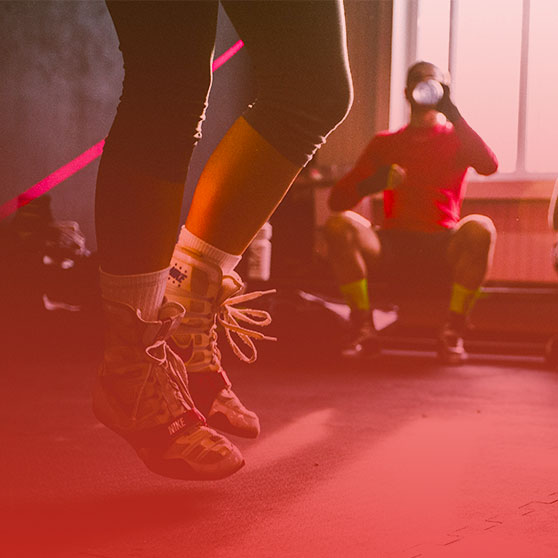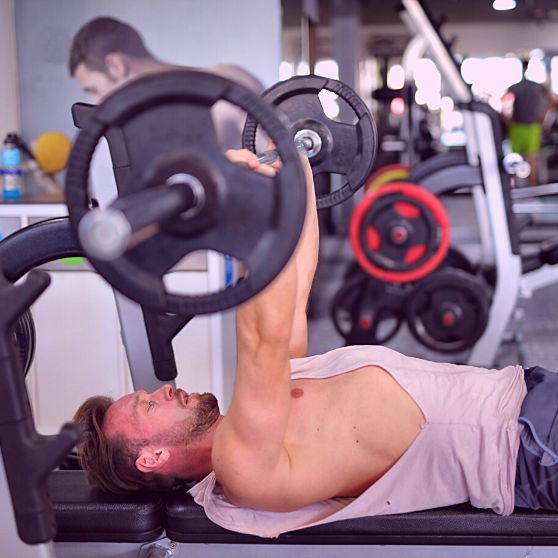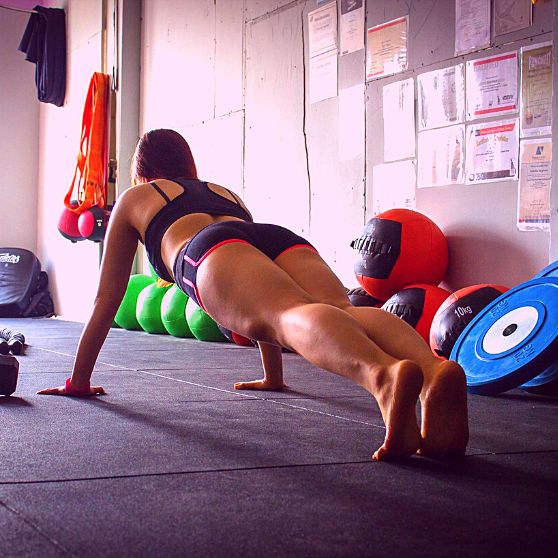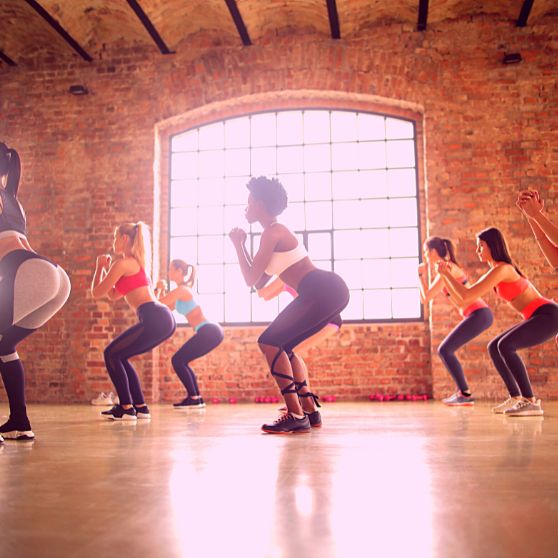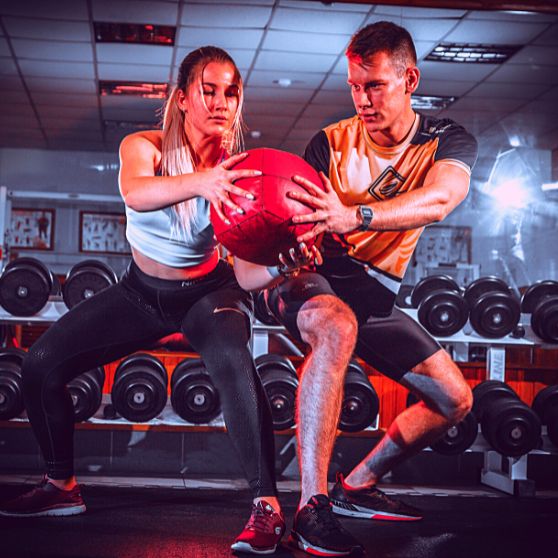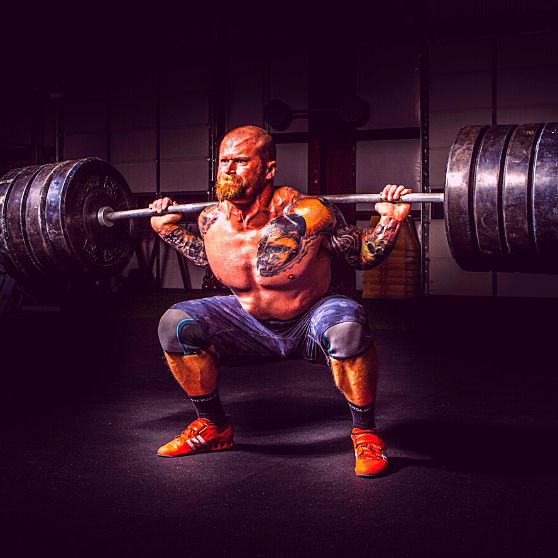Functional Strength Training Program
Functional Strength Training
With more people getting concerned about their fitness, overall health, and well-being, several companies have come out to offer different forms of physical exercise. Among the most popular workout programs today is functional strength training.
Experts describe functional strength training as a form of workout that helps users develop strength in everyday activities. It involves gymnastic moves, aerobic training, and free weights. The “functional” bit in this form of exercise implies that it’s most suitable for daily activities, while “strength” highlights how this form of training can develop a fitter and stronger body.
What is Functional Strength Training?
Functional strength training refers to workouts that make it easier for a person to perform daily activities. This training prepares the body for everyday activities such as bending, squatting, lifting, loading, pulling, and more.
In most cases, a functional training workout involves multi-joint movement patterns that engage the knees, hips, elbows, shoulders, wrists, or spine. These exercises build strength and improve the range of motions while targeting core strength and stability. Most importantly, these exercises help improve the quality of life and minimize the risk of injury.
Who Can Benefit from Functional Strength Training?
Anyone can benefit from functional strength training because its goal is to prepare people for the activities they encounter every day in their lives. One of the main benefits of this form of training is that participants can do it with minimal equipment.
The basis of functional training is anchored on six movement patterns:
- Squat
- Lunge
- Push
- Pull
- Bend
- Core
Participants can acquire training in these six movement patterns in several setups, including recreation centers, garage gyms, functional fitness programs, and anywhere there’s space and some free weights. How to start functional strength training depends on a participant’s previous training history.
When starting the training, the participant should mainly focus on learning how to perform the above basic movement patterns. They should also learn to build motor control of their muscles. Importantly, new trainees can train their full bodies multiple times a week because they can adapt and recover very quickly.
However, it’s important for new participants to train under a qualified coach in a functional fitness center. After consistent training for a few years, trainees in functional strength training graduate to the intermediate level, where they focus on some of the six-movement patterns during their training every day.
For example, intermediate functional strength trainees could focus on pulling and squatting on the same day. Since they can take longer to recover, they should spread out their training exercises between various body parts to allow them to recover adequately.
At the same time, an advanced trainee has undergone consistent functional strength training for several years. This category of trainees focuses on just one movement pattern each session. For instance, they can simply focus on bending.
At this level, the rate of adaptation for these trainees has slowed, so they experience slower progress. Advanced trainees often train under experienced coaches in a registered facility such as Next Level Fitness to get the most out of their training.
Benefits of Functional Strength Training
Before you choose to join a functional training program, you need to know what’s in it for you. Here are the benefits of this form of strength training:
Reinforcing Common Weaknesses
When it comes to functional strength training, here are some of the common weak links that participants need to shore up. While this list may not be exhaustive, it serves to point out hidden problem areas that can affect other lifts in strength and development.
The Posterior Chain
The posterior chain is a vast field to discuss, but it involves all the muscles that comprise the posterior area of the body, functionally speaking. The posterior chain includes the yolk (posterior delts and traps), lumbar, all-back musculature, glutes, and hams. According to experts, overworked pecs and underworked lats can pull the shoulders forward, leading to a concave chest. Similarly, weak hams and glutes can block the development of the quads and the performance of squats and other lower leg movement patterns.
Overhead Pressing
While most gyms disregard this area, experts say it’s quite important. When done properly, the overhead press allows the entire shoulder girdle to remain stable and strong to carry over into other lifts like pull-ups, rows, and bench presses.
Stabilization and Core
Many people are developing weak cores due to the heavy use of machines and seated workouts. The ability to stabilize the body provides people with whole-body control and strength. In functional strength training, participants develop a strong core to give them lower back strength and a steady trunk.
Lower Body Range of Motion
Many people concentrate on half and quarter-rep squats, but these can take them nowhere fast. In functional strength training, participants develop muscle by applying a full range of motion to strengthen the muscle throughout its whole function.
Unilateral Training Imbalances
Too much machine training and bilateral weight movements can create imbalances. For example, one leg, hip, or arm can be stronger than the other, which can spell injury and notable strength differences in different body parts. Functional strength training programs focus on unilateral training to create balanced strength.
Bodyweight Strength
Additionally, with excessive use of machines such as pre-loaded machines, many average gym-goers lose their ability to handle their body weight with purpose and control. In strength training set-up, trainees focus on some form of bodyweight training and core development to prepare them for real-world strength. Most gyms and training centers concentrate on bodybuilding-type strength training, focusing on just one muscle group. This doesn’t provide as much benefit as the functional strength workout. For example, a bicep curl will only target the bicep, while a bicep curl and a reverse lunge combo can test balance while integrating the entire body.


